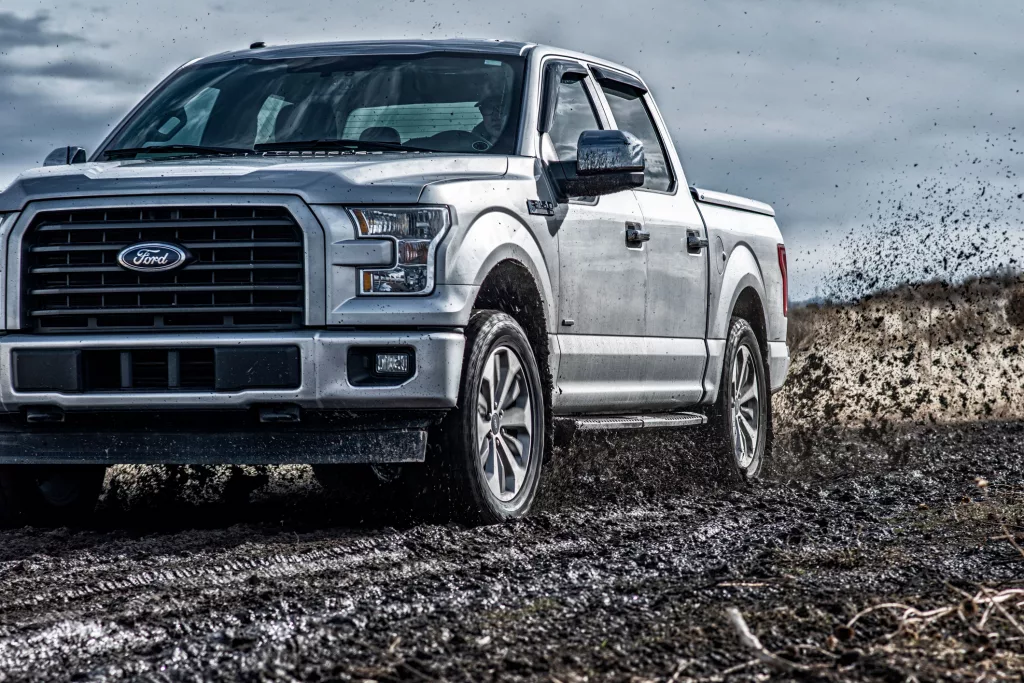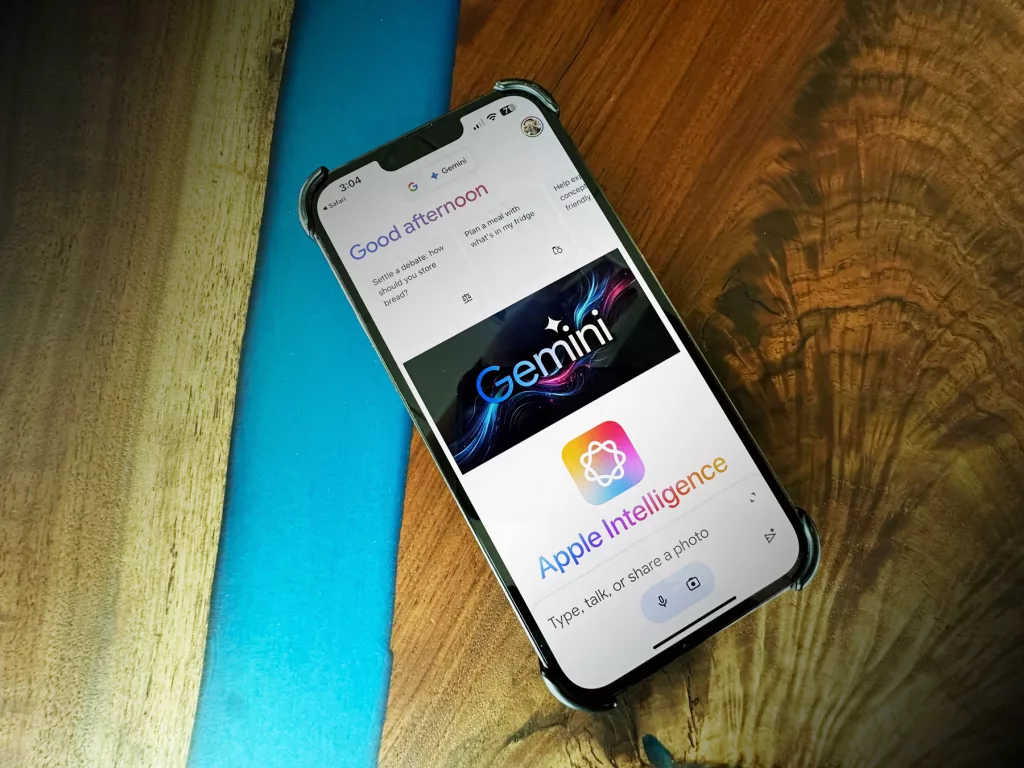
But where is your next wave of customers coming from? What happens when The Greatest Generation isn’t there for you anymore? Maybe you’ve already noticed a few less of them coming in then used to. It’s time to take a serious look at millennials and what will attract them to your B2B brand—and keep them coming back.
Talking to the millennial generation is very different than what we’ve done historically to attract your older customers. With so many more media channels now than there were just 10 years ago, it might seem difficult to find the right one to help grow your B2B brand’s revue and bring more people through your dealership doors. Fortunately, these new channels—and social media specifically—also have more targeting and data options than we’ve ever had, making finding the right person at the right time better than it’s ever been as well.
Often the focus of the social media world is squarely on Facebook with their 2.6 billion (with a “b”) followers, and with an audience that size it’s easy to see why. So it’s easy to forget that they also own Instagram and their 1 billion (more “b’s”) followers.
Facebook Isn’t Necessarily Your Best Social Media Channel
Facebook owns several platforms besides their flagship social media behemoth, including Messenger, WhatsApp, Oculus, Giphy, and of course Instagram. And since almost no one uses one social media or messaging platform exclusively, Facebook is well positioned to deliver the right audience—across their wide portfolio of platforms—at the right time, with the right content to convert ad dollars into revenue for your business.
Facebook’s targeting options are the very best available to marketers, due in large part to how much we share about ourselves on these platforms. About to get married? Facebook knows. Love pizza? Facebook knows. Like sports news? Facebook knows, and more than that, Facebook knows where you’re most likely to engage, share, or click across their channels. For B2B brands, that’s where Instagram comes in.
Your Next Generation of Customers Are Here For Instagram
Taking the time to create your own photos and build up a strong brand presence and pretense on Instagram is the first step for most B2B brands owning Instagram. Utilizing Facebook’s targeting options for Instagram, and a reasonable media budget, to find the right customers in your area is next. From there, your customers will start to do some of the work for you, spreading the word about the amazing product your B2B brand offers.
Being a 100% visual platform (and mobile, they’re doing it in the moment, while they are on a job site or at your dealership) means Instagram was basically designed for millennials to snap and share immediately. Making sure your B2B brand is “Instagrammable” is key to riding this wave of user-generated content, getting more eyeballs on your product, and eventually more people in your doors.
Getting Started On Instagram
Good lighting and attention to detail all go a long way towards encouraging a B2B customer to want to photograph and share elements of your brand. Because Instagram is primarily a mobile-only platform, you’ll need to download and use their app. Here are a few tips to get you started.
- Create and convert your B2B brand’s account into a business account if you haven’t already. This can be done in your account’s settings, and gives you much more control over your business presence, including the ability to create and run ads on Instagram.
- If your profile photo is your logo, and that logo has a bunch of small type in it, just use your business mark without any type. It’ll present much better filling up the profile icon space, and your B2B brand’s name will show up next to it in user feeds anyhow.
- Make sure your profile settings (Settings > Privacy) allow for your B2B brand to be tagged by others. This is key to encouraging customer engagement and reaching their audiences when they post photos.
- Make sure you reply to users that comment on it. You don’t have to reply to every comment, but users love when they see a notification from their favorite B2B brand engaging with them. This shows your audience you’re paying attention. The more they’re talking about you, the more they’re thinking about you.
- Use Instagram Stories to share job site stories, news, or new product launches. Stories live for 24 hours and then disappear (unless you save them to your profile). More importantly, they show up at the very top of a user’s main Instagram feed—valuable real estate when you’re looking for audience reach and awareness.
When customers share and engage with you and your B2B brand online, it’s an implied endorsement as valuable as a review. The customer is telling their friends they had a great experience with your B2B brand, and regardless of the generation, there still isn’t anything better for a B2B brand than good word of mouth.




